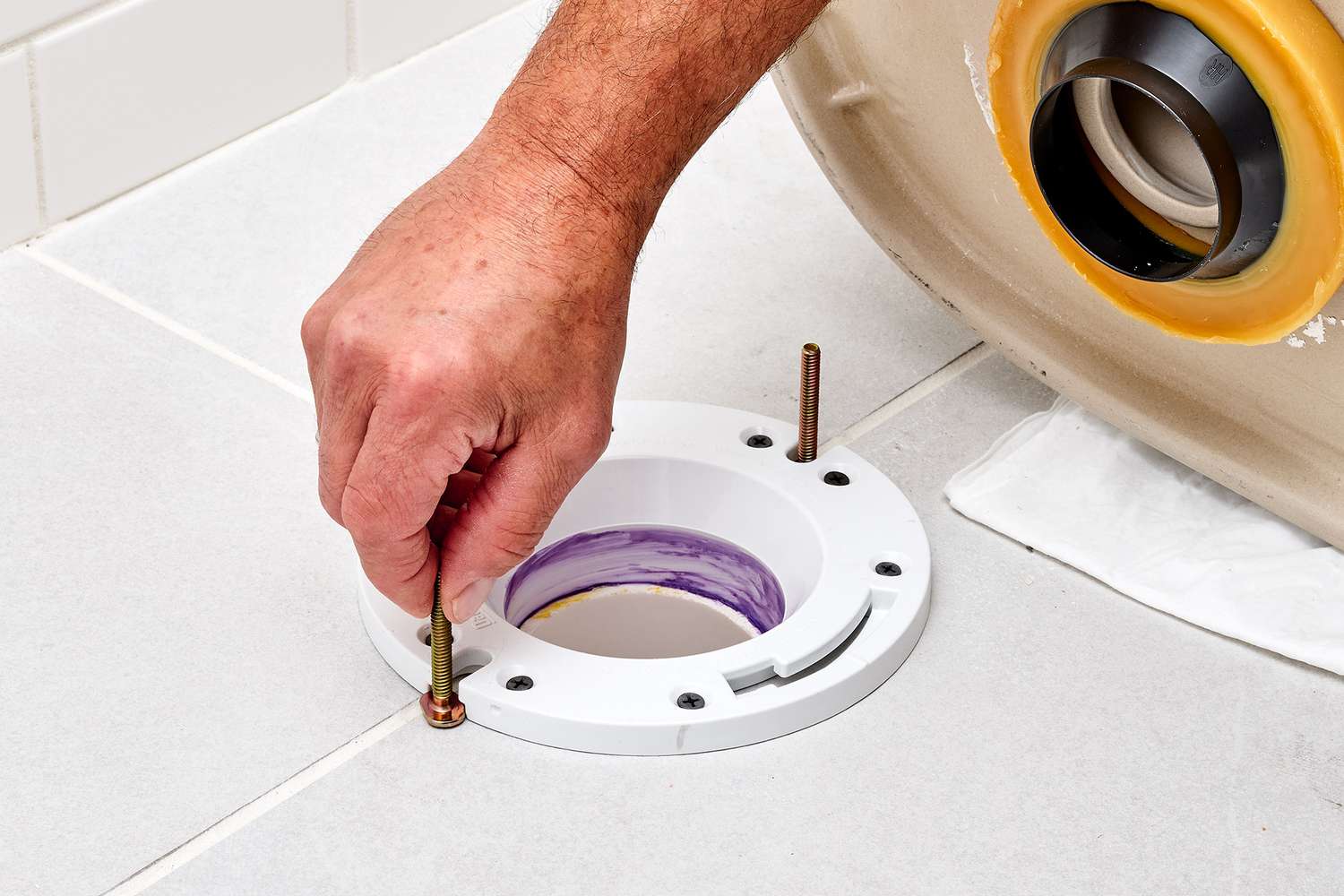It may be tempting to save money by replacing that old toilet yourself. What's the most challenging part? Replacing a toilet isn't the most challenging part. Likely, the average DIYer is not familiar with the same installation techniques as licensed plumbers know how to use spacers, secure the toilet to the drain hole, prevent leaking or flooding, seat the toilet properly, and identify old polybutylene pipes that are no longer compliant with current building codes. You can trust them to install your new toilet with ease and have peace of mind knowing that it was done correctly. If a bathroom is incorrectly installed, it could leak, flood, have slow flushing, or be imbalanced. If you've never installed a toilet before and lack the tools to do it properly, it can be challenging. Hence you need to know how to replace the toilet.
Installing a toilet on your own may be a great option if you have plumbing knowledge and the right tools. The toilet installation will save you money and give you the satisfaction of completing the project yourself. Keep an eye on potential how to replace toilets, such as mould, leaks, and old pipes that need to be replaced.
How to Replace Toilets at Home
Decide which toilet to use
Finding a new toilet is the first thing to do. Two things must be considered. A regular toilet seat is smaller than a long one. A long toilet seat is thought to be more comfortable. And standard seat/bowl length would be better if a small bathroom.
Turn off the Water supply of Home
You should turn off the water supply at the valve behind the toilet before doing anything else. Flush the toilet and hold the handle down for about 10 seconds to clear the tank. The rest of the water will remain at the bottom of the bowl, so you should soak it up with a sponge or towel and wring it out in the bucket. As much as possible, go down the bowl using a plunger, and then you can soak up the remaining liquid with a towel or sponge. After removing the toilet, leaving water in the bowl will result in water on your floor.
Connect the water supply line to the tank and then disconnect it
At the bottom of the tank, turn the plastic nut on the water supply line to disengage it. Be prepared to catch any water leaking from the bar with a bucket or pan. If you cannot turn the nut with your fingers, use the channel locks, taking care not to damage the nut. It shouldn't be necessary to replace the water supply line with flexible tubing. A flexible metal tube should be used for older, semi-rigid tubing.
Toilets should be taken out
Because they are heavy, lift from the knees when performing this step to avoid injury to your back. Remove the caps covering the ends of the closet bolts and then unscrew and remove the nuts. A wrench will be needed. how to replace toilets should now be able to be lifted. The connection between the ring seal and the ring may need to be loosened gently by rocking side-to-side. Remove the tank if it is difficult to handle or leave it attached. There may be black stains on anything touched by corroded rubber gaskets beneath tank bolt heads, so extra cleaning is required.
Install new drain plug and remove old wax ring
Keep sewer gasses and fumes from entering your Home by stuffing a rag loosely into the hole in the floor. In addition, it will help prevent knocking bolts, nuts, or tools down the drain. Use a putty knife to remove the wax ring from the closet flange over the drain line. Use paper towels to wipe off the wax and throw it away. Some toilets have been sealed with plumber's putty instead of wax. In this case, removing it will be more challenging. The closet flange should not need to be replaced unless damaged or improperly installed. It should generally rise one-eighth to a one-quarter inch above the floor surface. If it is cracked, chipped, or badly rusted, it should be repaired.
Alignment and levelling should be checked
Check the alignment of bolts at the base of your new toilet over the closet flange and that it sits level on the floor by testing it over the flange. Be sure it sits flat on the floor from front to back. Remove the old toilet and prepare it for the new one once you have determined that the fit is correct.
Set up the tank
After the bowl is installed, the tank can be installed. The tank must first be positioned on its side. If your tank does not already have a rubber gasket, attach it to the bottom. To prevent leaks, you can use a silicone plumber's grease and study how to replace the toilet. Bolts should be inserted from the inside of the tank after first pushing rubber washers and gaskets into their designated holes, as shown in the cutaway photo below. Placing the tank first and then inserting the bolts and washers may be more manageable.
Conclusion
It is not difficult to replace a toilet. Getting started is the hardest part. It is possible to install or replace a toilet yourself if you follow these steps. As a result, replacing toilets yourself can be difficult, but if you have the right tools and knowledge, you can do it yourself and get more information about how to replace toilets.


